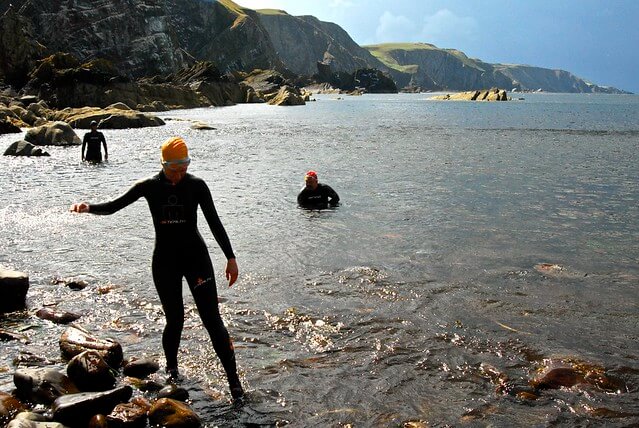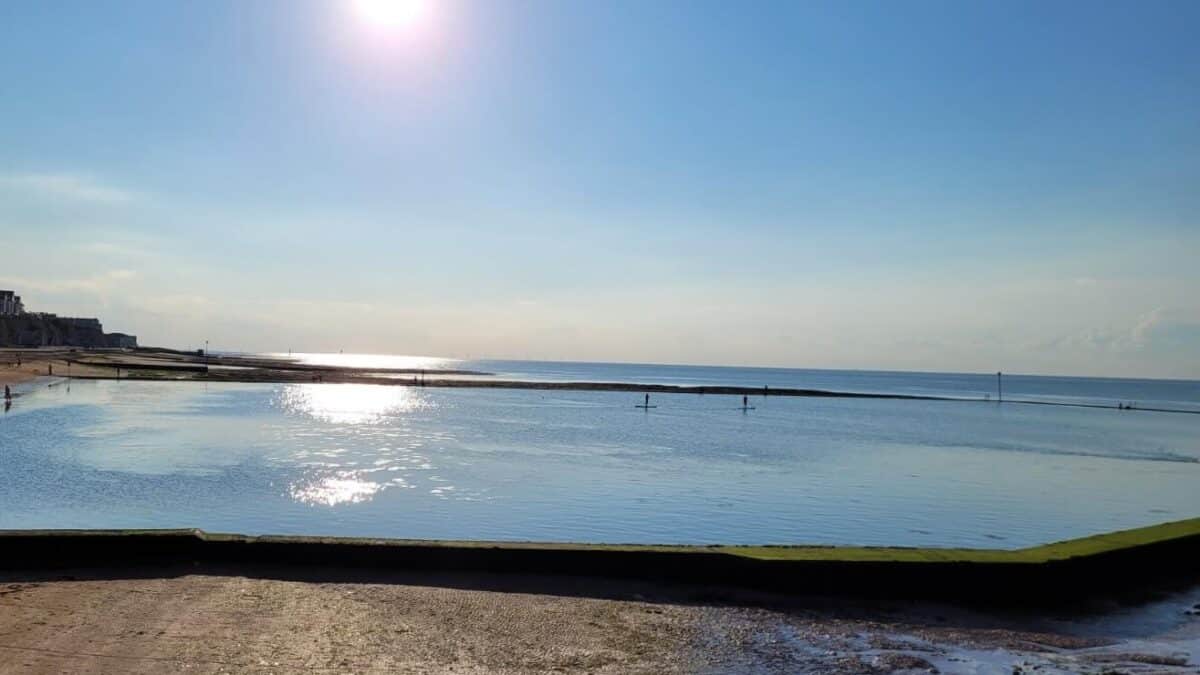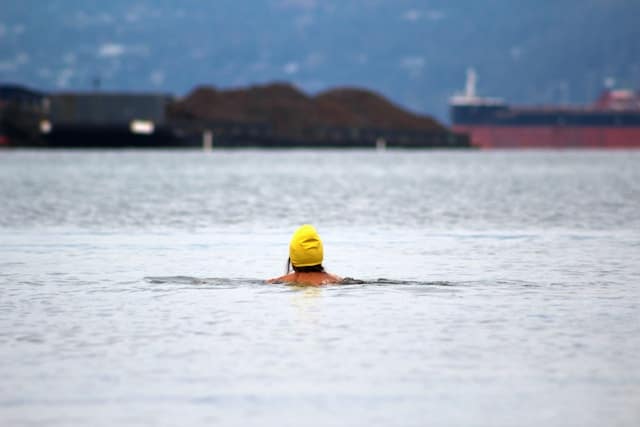It’s been autumn for a while now, and while many of us are already counting down to Christmas (argh!) for wild swimmers, this becomes the period where the water really starts to get cold. September and October are often cited as the best months for wild swimming particularly for sea swimmers given average water temperatures, however November is when things really start to change.
However, whether you’re a seasoned cold water swimmer or not, wild swimming in autumn onwards requires proper gear to ensure both safety and enjoyment as the temperatures shift. Here’s a comprehensive guide to the gear needed for wild swimming during autumn.
1. Wetsuit: In autumn, water temperatures can drop significantly, making a good-quality wetsuit a vital piece of gear. Opt for a wetsuit with thicker neoprene material to provide insulation against the chill. A full-body wetsuit or a combination of a wetsuit top and neoprene leggings can keep your body warm while allowing freedom of movement.
2. Neoprene Gloves and Socks: Extend your wetsuit’s insulation by wearing neoprene gloves and socks. These accessories provide additional warmth for your extremities, keeping your hands and feet comfortable and allowing you to stay in the water longer.
3. Swim Cap: A swim cap not only keeps your hair out of your face but also provides an extra layer of warmth for your head. Look for caps made of insulating materials like silicone or neoprene to help retain body heat. If you’re not able to get a proper swim cap and are just enjoying a gentle dip, then a wolly hat will do!
4. Tow Float: In the cooler temperatures of autumn, visibility might decrease due to mist or fog. A brightly colored tow float not only increases your visibility to other swimmers or boaters but also serves as a safety device. It can provide buoyancy if you need to take a break or simply want to relax in the water.
6. Footwear: Aside from neoprene socks, Protect your feet while walking on potentially slippery surfaces near the water’s edge by wearing sturdy footwear with good grip. Water shoes or neoprene booties can provide traction and shield your feet from rocks or debris.
7. Dry Bag or Backpack: A waterproof bag or backpack is essential to carry your dry clothes, towels, and any other essentials. Opt for a durable, waterproof bag to keep your belongings safe and dry while you swim.
8. Changing Robe or Towel Poncho: An insulated changing robe or towel poncho helps maintain body warmth while changing in and out of your swimwear. Look for ones made from quick-drying materials to ensure you stay warm and comfortable after your swim. When it comes to robes, we’ve detailed a list of some of our favourite wild swimming robes.
9. Thermal Layers: Wearing thermal layers underneath your wetsuit can provide an extra barrier against the cold. Consider thermal tops and leggings made from moisture-wicking fabric to retain body heat.
10. UV Protection: Even in autumn, UV rays can be potent. Don’t forget to apply waterproof sunscreen to exposed skin areas to protect against sun damage while swimming.
11. Swimming Leggings
Swimming leggings are great way to combine a workout with a swim without having to change in between, though they also offer vital protection in keeping your legs warm. Many also offer chlorine and saltwater resistance as well as UV protection. Check out our list of best swimming leggings to learn more.
12. Hot Drink and Snacks: After your swim, a warm drink and some snacks can help replenish lost energy and restore warmth to your body. Pack a thermos with a hot beverage and some nutritious snacks to enjoy post-swim.
Preparing for wild swimming in autumn requires a thoughtful selection of gear to ensure a safe and enjoyable experience. Remember, always assess the conditions, be mindful of changing weather, and prioritize safety above all else.
If you’re looking for more info on wild swimming at this time of year, check out our guide to the benefits of cold water swimming.




